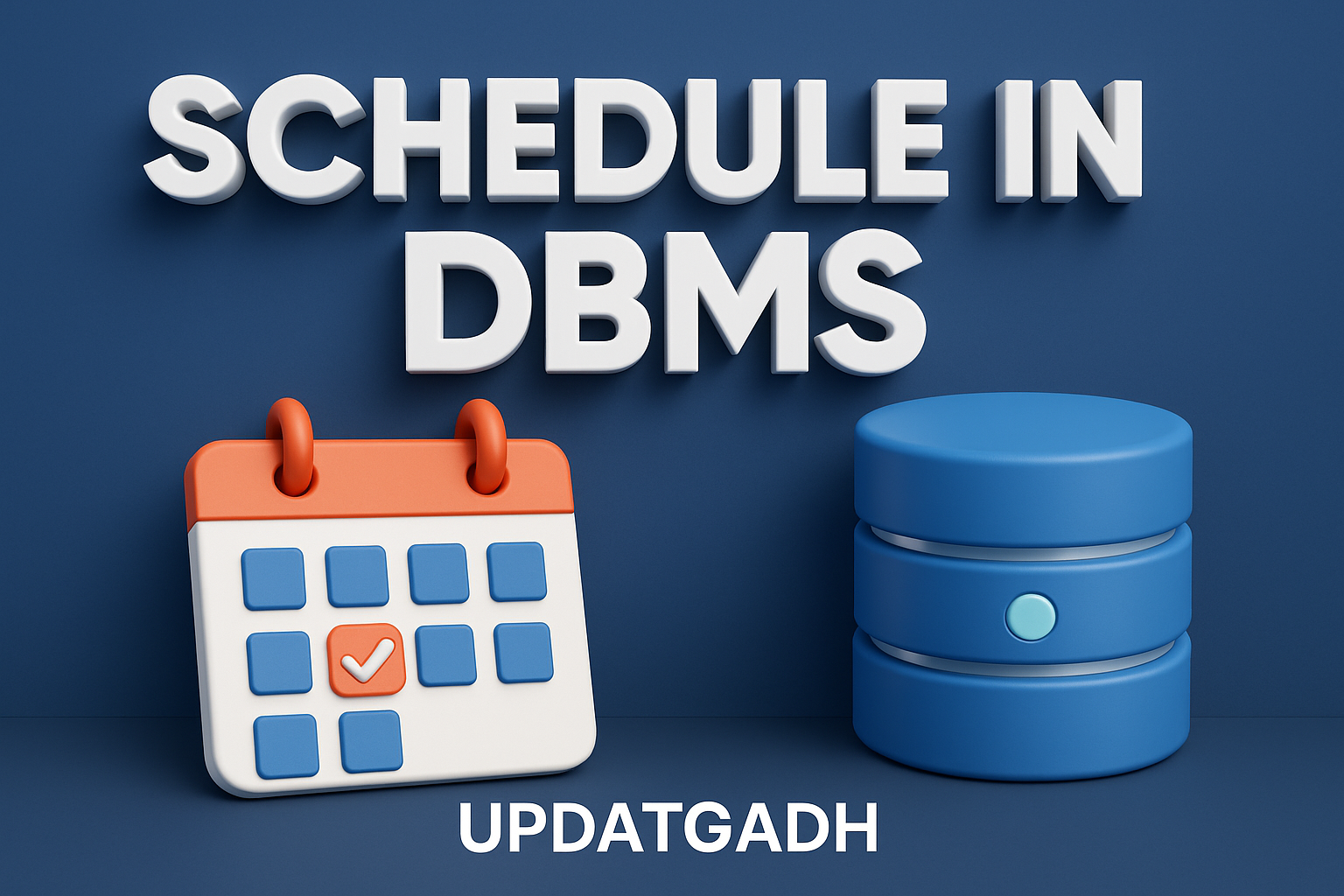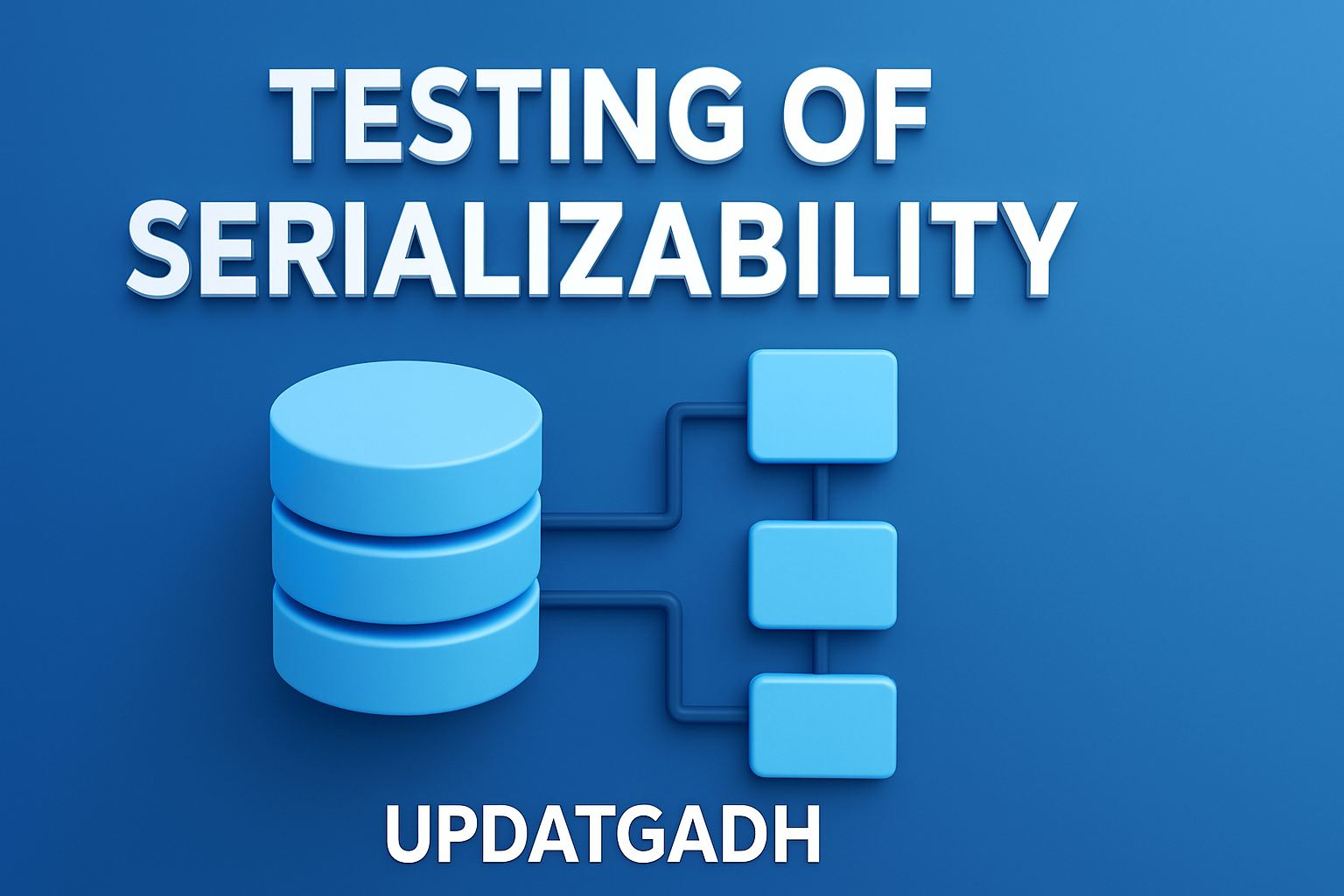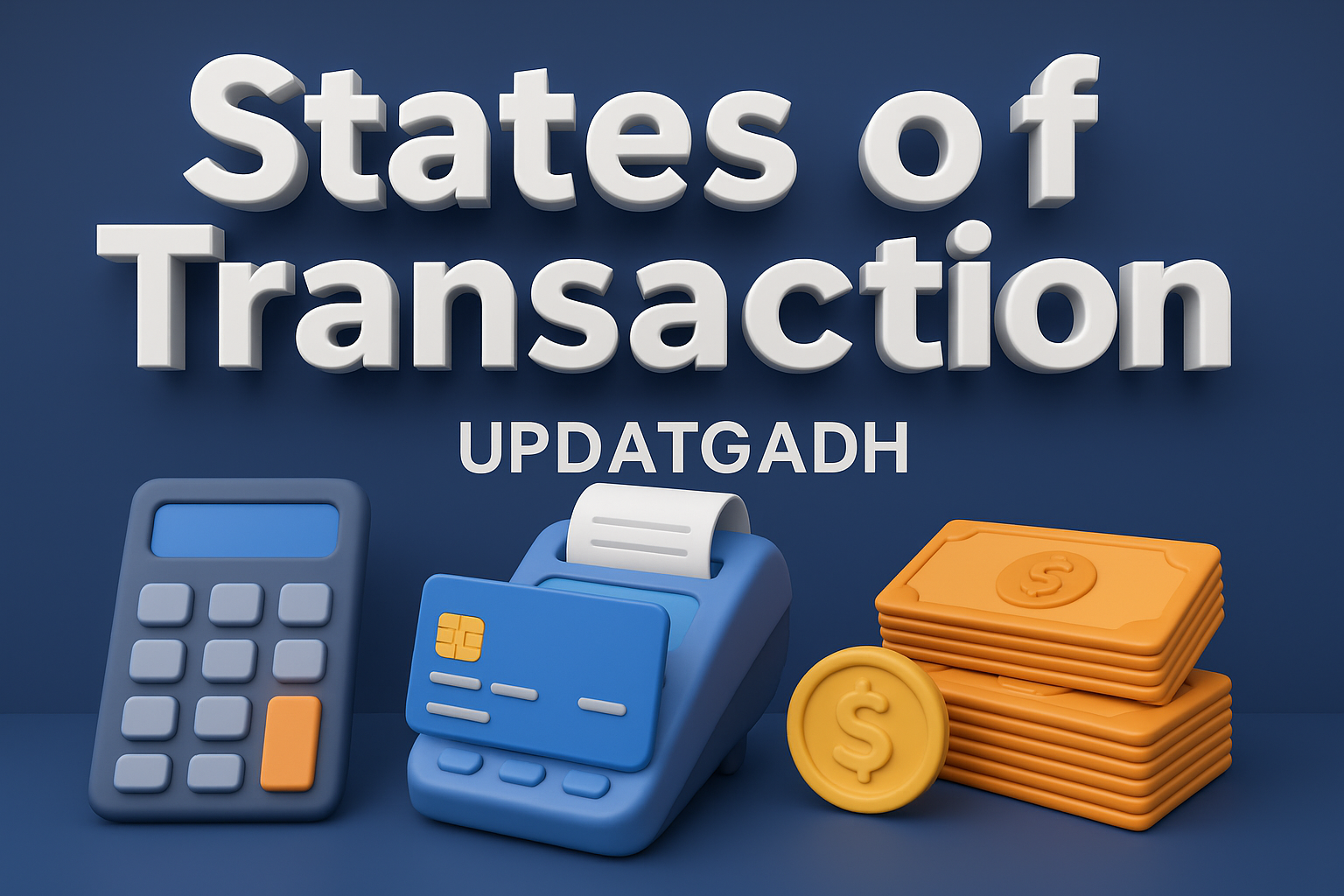

Schedule in DBMS
Schedule in DBMS
In Database Management Systems (DBMS), a schedule refers to the sequence of operations (such as read, write, commit, etc.) that are performed from one transaction to another. It plays an important role in ensuring that the order of operations in each transaction is preserved, which helps maintain data consistency and reliability.
Machine Learning Tutorial:–Click Here
Data Science Tutorial:-Click Here
Complete Advance AI topics:- CLICK HERE
Deep Learning Tutorial:- Click Here
Types of DBMS Schedules
1. Serial Schedule
The most basic kind of timetable is a serial schedule, in which a transaction is finished before another one starts. There is no interleaving of operations in this kind.
Consider two transactions, T1 and T2, for instance:
- First, all T1 operations are carried out, and then all T2 operations.
- Alternatively, all T2 operations are carried out first, then all T1 operations.
Both approaches ensure that transactions are executed in a strict order.
- Schedule A → T1 followed by T2
- Schedule B → T2 followed by T1
This type of schedule guarantees correctness but may lead to less efficiency because transactions are not executed concurrently.
2. Non-serial Schedule
Interleaving operations from several transactions is possible with a non-serial schedule. This means that operations from different transactions can be executed alternately.
For example:
- A few T1 operations are carried out, followed by some T2 operations, and finally some T1 operations.
This interleaving leads to multiple possible execution orders.
- Schedule C and Schedule D represent such non-serial schedules.
While non-serial schedules improve efficiency and resource utilization, they may cause problems such as inconsistencies if not handled properly.
3. Serializable Schedule
The concept of serializability helps us decide whether a non-serial schedule is safe.If a non-serial schedule yields the same result as a serial schedule, it is said to be serialisable.
This means that although operations are interleaved, the final result is equivalent to executing the transactions serially. Serializable schedules allow concurrent execution without compromising correctness.
Summary
- Schedule A & Schedule B → Serial Schedules
- Schedule C & Schedule D → Non-serial Schedules
- Serializable Schedule → Ensures correctness in non-serial execution
In DBMS, understanding schedules is crucial for maintaining consistency, ensuring correctness, and improving performance in concurrent transaction execution.
Complete Python Course with Advance topics:-Click Here
SQL Tutorial :-Click Here
Download New Real Time Projects :–Click here
serial schedule in dbms
schedule in dbms with example
concurrent schedule in dbms
non serial schedule in dbms
types of schedule in dbms
complete schedule in dbms
non recoverable schedule in dbms
cascadeless schedule in dbms
serializability in dbms
concurrency control in dbms
schedule in dbms pdf










Post Comment